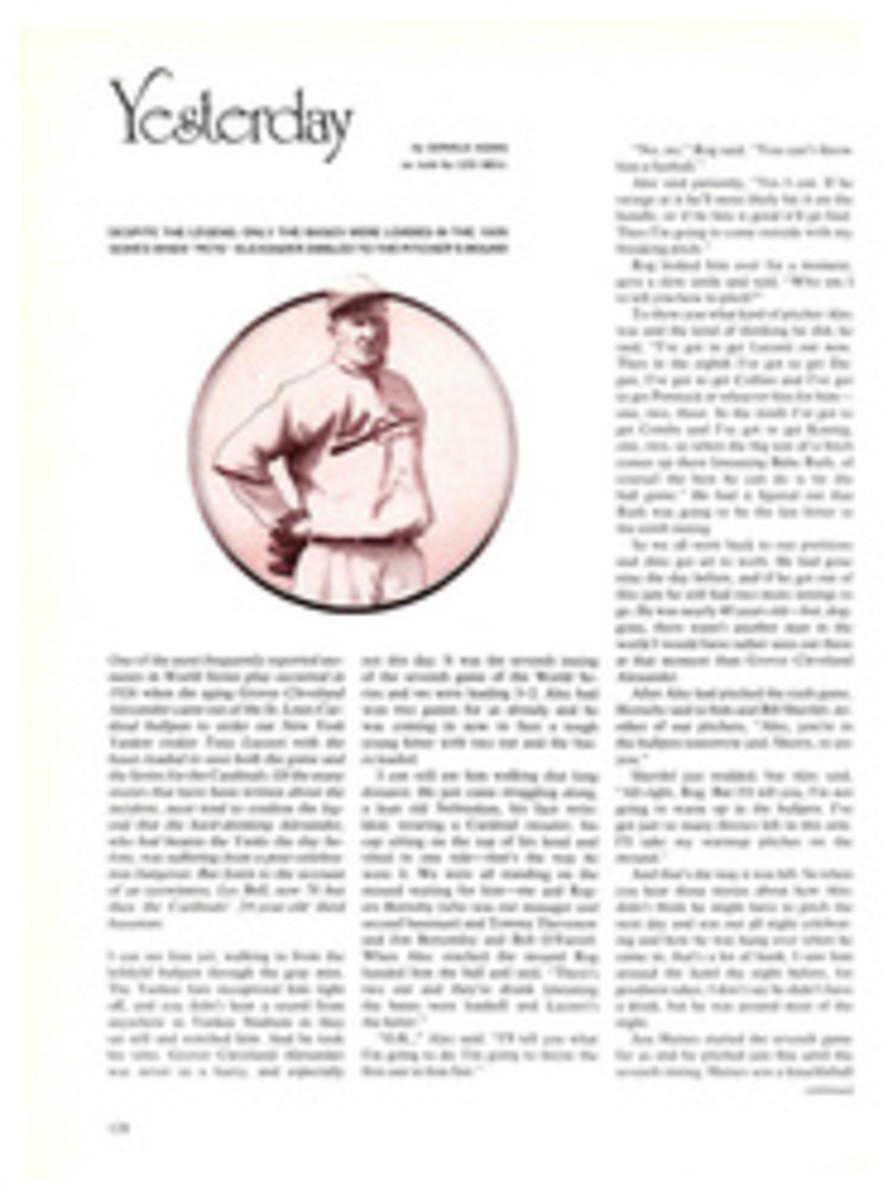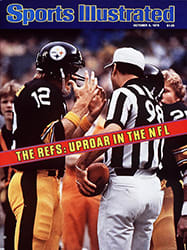
LETTER FROM THE PUBLISHER
When Terry Todd writes about strong men, as he does about Allen Turner, the champion arm wrestler, in the story beginning on page 56, he knows whereof he writes. The only time he competed, he won the Texas state championship. Moreover, in 1964, when Todd was 26 and the sport of power lifting was in its infancy, Todd was its first superheavy weight champion. He weighed 340 pounds then. When he retired from competition in 1967, he had set 15 world records and was considered by many of his contemporaries to be the strongest man in the world.
In recent years, Todd, now 40 and down to 270 pounds, has farmed 100 acres in Nova Scotia's Lunenburg County, taught educational sociology at Dalhousie University in Halifax, and coached his wife Jan (SI, Nov. 14, 1977) to 14 women's world power lifting records.
More and more these days, as interest in the strength sports grows, Todd writes about them, using as his office a large room in a converted chicken barn. A burlap bag of seed, suspended by a rope from the rafters, hangs in midair over his desk, safe from marauding mice. His current project, a book for Simon and Schuster is, he reports, historical, broadly sociological and tentatively titled Strong Men, Strong Women. His Fitness for Athletes and Inside Powerlifting, both published early this year by Contemporary Books, are in their second and third printings.
A favorite target of Todd's scholarship has been the professional strongmen—and women—who entertained audiences with feats of strength here and in Europe in the late 19th and early 20th centuries. This past summer Terry and Jan were invited to revive the tradition at the Multnomah County Fair in Portland, Ore. On a low stage, under a canvas roof, they performed on two consecutive weekends, bending iron spikes, crumpling bottle caps with two fingers and raising platforms loaded with children on their sturdy backs.
"We did some regular lifting, showing the difference between Olympic weight lifting and power lifting," Terry says, "and we re-created some of the stunts that strongmen used to do at fairs and carnivals. We were leery about it at first. We thought we might get heckled. But we were shocked at how nice and respectful people were. And how interested."
One of Terry's specialties at the fair was a bit of business having to do with a sledgehammer. He would hold the hammer in one hand at arm's length, shoulder height, with the hammerhead straight up. Then, using the muscles of his wrist, he would let the hammerhead fall, ever so slowly, toward his nose.
"It's a good stunt, because it's showy and looks dangerous," says Todd. "Which it is—a little."
Once, when someone asked Todd what drove him all those years that he was lifting, and aching, and lifting some more, he replied, for all weight lifters, "Something calls to you." Happily, something also called him to write about his calling.
PHOTO
TODD: ONE OF OUR BIGGER AUTHORS

